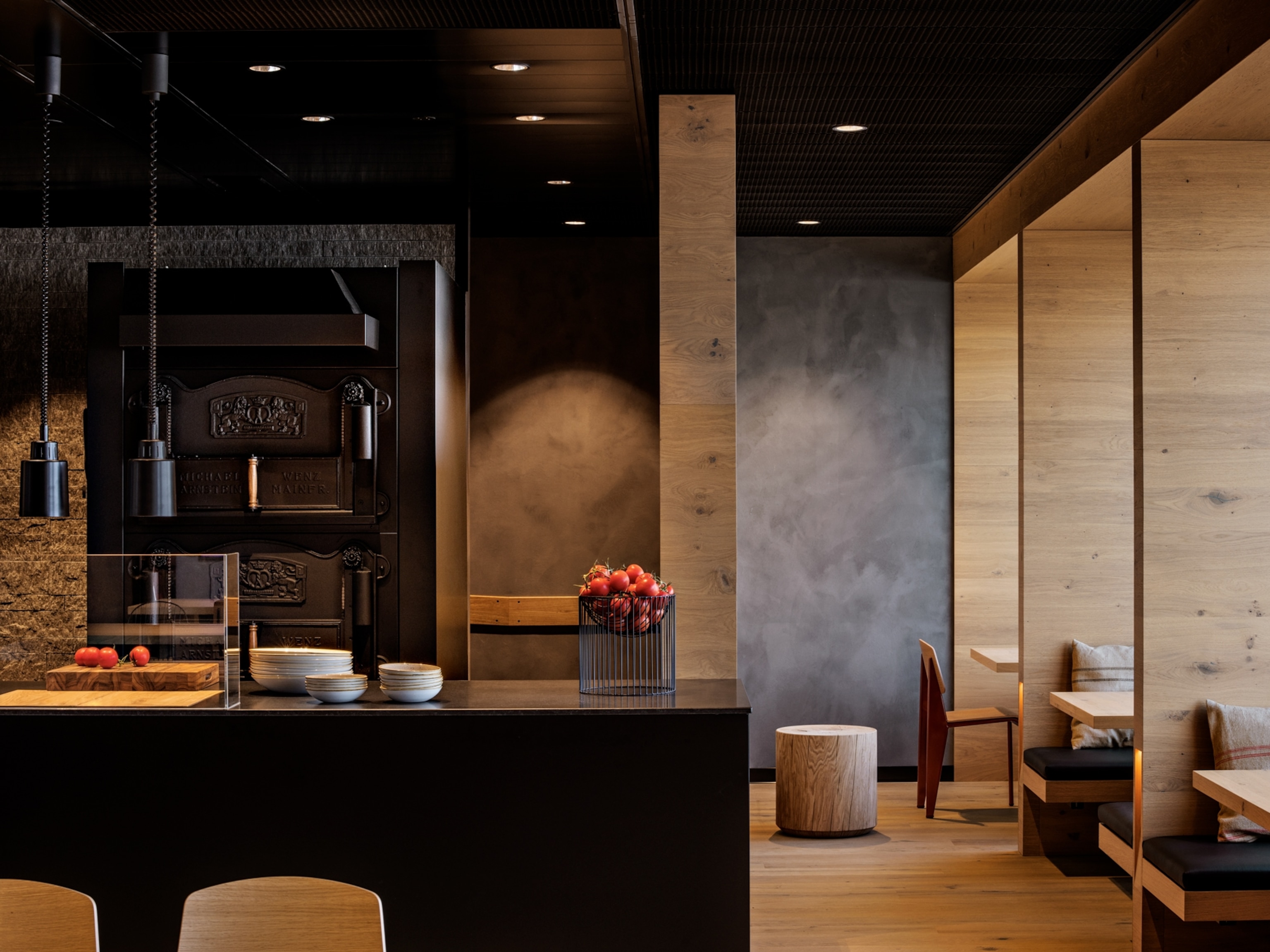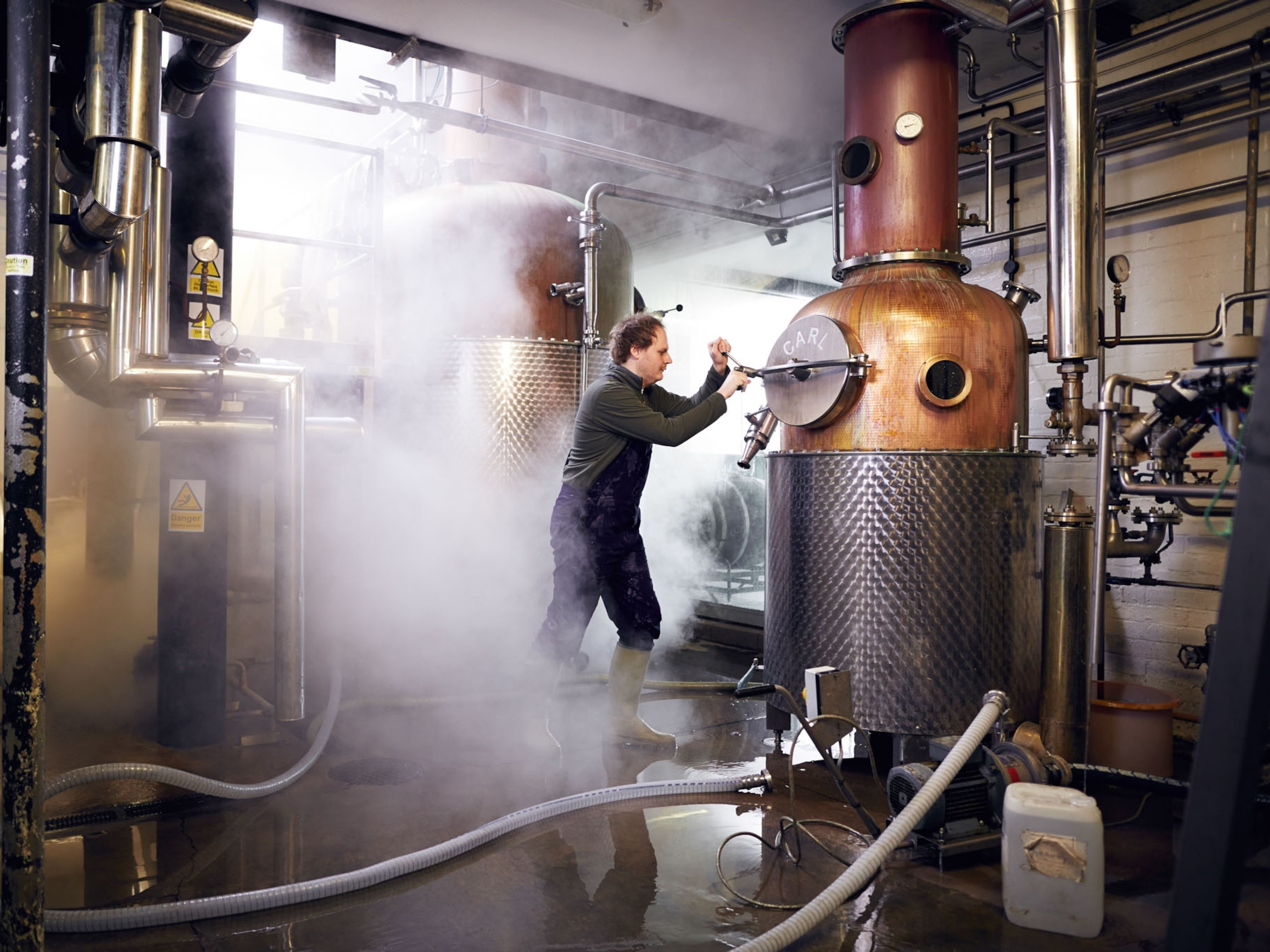Singapore today runs rich with cultural practices and traditions brought over by its forefathers from across the region, including China, India and the Malay Archipelago. These traditions have since taken on new forms, adapting through the hands of a new generation of cultural custodians to stay relevant in the modern world.
Tradition meets the present with Bhumi Collective, where producers, artists and researchers come together to tell stories through theater and dance. “We adapt traditional Malay dance philosophies into theater to create narratives that reflect contemporary issues,” explains Amin, one of Bhumi Collective’s artistic directors.
Amin believes that innovation is important to traditional Malay dance to create work that reflects the community today. For instance, through adopting present-day mannerisms and techniques, performers draw familiarity between the scene and the audience. Some performances even incorporate pop songs to accompany gestures of traditional Malay dance.

Bhumi Collective has shown that traditional Malay dance can take on contemporary forms to be a relatable art form to be shared and enjoyed by everyone. Follow their enthralling stories and expressive performances right here.
Tradition can also exist as a bold fashion statement. Hu Ruixian is a cheongsam dressmaker and founder of Studio HHFZ. She has transformed the traditional Chinese dress into apparel suitable for casual Sundays and afternoon lunches.
“Using fashion as a medium to honor the culture and traditions of the Chinese, I seek to amplify its long-forgotten beauty with some modern twists,” the dressmaker explains. Ruixian believes in the balance of versatility and modernity, putting her own spin on the traditional design with fabrics like European tweed and printed jacquard, while celebrating the most prominent feature of the dress: the mandarin collar.

She thinks the key to passing on traditions is to constantly make it a subject of conversation. Wearing a brightly-colored traditional garment in a city like Singapore tends to stir up interest, giving the cheongsam relevancy and a place to exist in the modern day. Dress yourself up in her unique pieces here.
Cultural heritage is also an important part of Singapore's business and economy. Founded in 1959, homegrown soya sauce company Nanyang Sauce has perfected the art of soya sauce-making, their recipe fine-tuned to produce its unique soya sauce. In today’s global economy where brands adopt a mass-market, machine-production approach, Nanyang Sauce chose to retain its traditional brewing methods: fermenting soya beans in clay vats, all by hand. The result is the taste of artisanal soya sauce that brings out the flavor of the dishes prepared with it.

Having chosen the traditional route in creating their products, Nanyang Sauce needed other means to stay relevant. The company went through a rebrand, wrapping their products in brightly-designed, attention-grabbing labels and encasing their bottles in minimalist wooden boxes, with their signature logo emblazoned prominently in front. They also reach out to their customers through social media, creating conversations and encouraging familiarity with the brand. Learn more about Nanyang Sauce here.
Singapore’s intangible cultural heritage is about continual adaptation which is necessary to keep pace to the demands of the modern world. By presenting traditional forms in a more contemporary design, merging the old and the new together, or altering small details to give it a modern appeal, Singapore’s traditions are constantly finding new ways to thrive among Singaporeans — in the festivals they celebrate, the food they eat, and the values they practice.






